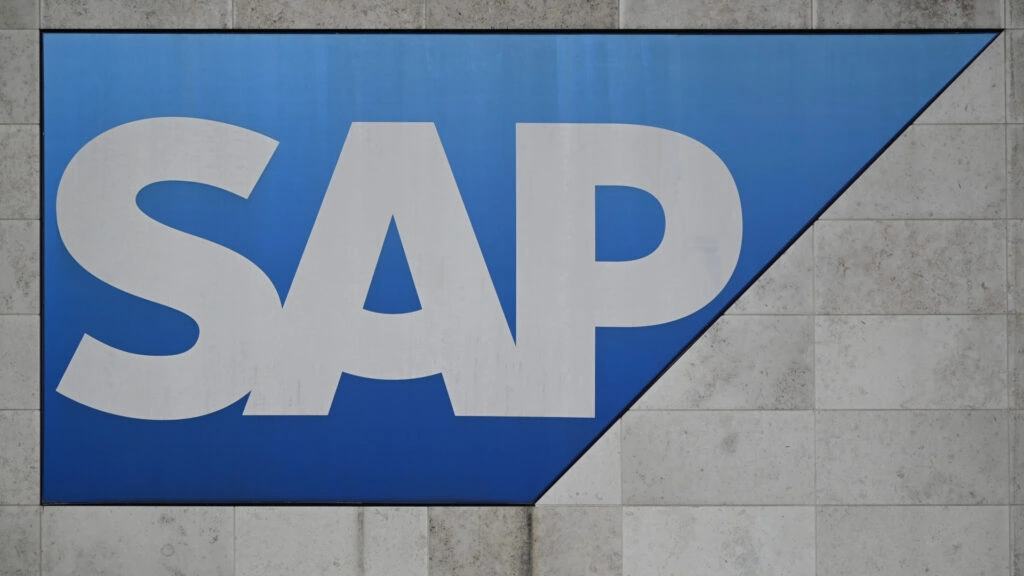At the Sapphire conference, the Walldorf-based software group announced measures to combat the notoriously high implementation costs. A new approach is intended to make ERP implementation more efficient.
Companies that want to rely on SAP software face a familiar dilemma: the actual software licenses are often only a fraction of the total costs. The lion’s share is swallowed up by external consulting services and implementation costs. SAP now wants to defuse this cost trap with a targeted package of measures. The core of the strategy is a toolbox that the company wants to make available primarily to consultants and developers. The idea behind it: Standardized specifications and tools should make migration projects more efficient. “Customers often spend ten times more on implementation services than on the software,” admitted Klein. “We want to change that.”
AI as a productivity lever
At the same time, the new SAP strategy focuses on integrating more artificial intelligence. SAP promises increases in productivity through AI-supported functions. The new tools are designed to enable even less experienced implementation partners to successfully implement SAP projects. The move is no coincidence: the new approach is also a reaction to competitive pressure in the enterprise software market. Providers such as Oracle are entering the market with their own solutions. SAP must therefore combine its traditional strengths – comprehensive ERP functionality – with greater user-friendliness.
Availability still unclear
SAP initially left open when exactly the toolbox will be available and what costs will be incurred for implementation partners. The announcement should nevertheless please many SAP customers who have been waiting years for a simplified migration. If SAP can deliver on its promises, this could significantly accelerate the adoption rate of the new product generation.

